On Earth Day, Appreciating Nature’s Power to Provide Respite from the Pandemic
To mark Earth Day 2021, we asked the community to reflect on how the pandemic has affected their relationship with nature. Some of their thoughts and photos appear below.
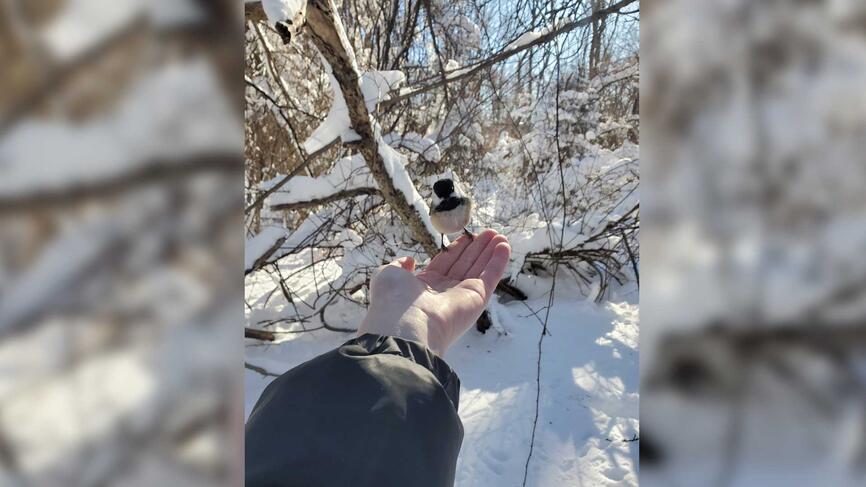
I read an article a few years ago that noted that there are 30 percent fewer birds in North American skies today than there were in 1970. I’d always been a bit of an amateur ornithologist, but I took to the outdoors this year especially to listen to the birds. On days where I felt acutely—even painfully—alone, opening my window or walking through the woods and hearing birds call to each other from this tree or that reminded me that there’s life outside of my four walls, and I should spend more time living it. But as I listened, the thought that the skies are 30 percent quieter than they were 50 years ago—in large part due to climate change—was harrowing. It haunts me that I’ll never know how many sounds I’m missing, or what the woods must’ve sounded like back then. In the isolation of the pandemic, I sought solace in the birds—but it’s on me, on all of us, to be there for them too. –Katie Christoph ’21
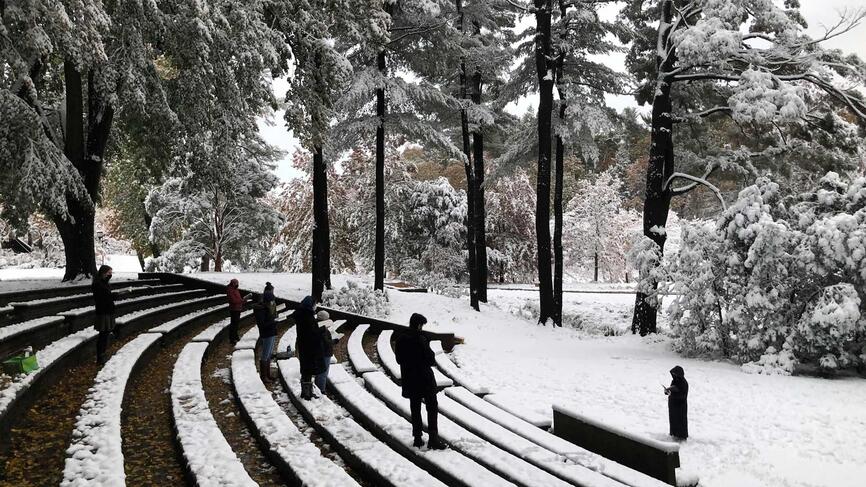
One-on-one lake walks with students, outdoor services in the amphitheater—in many ways, being forced outdoors has been a blessing in disguise, and given us new opportunities to rethink the meaning of “appropriate weather.” –Rabbi Dena Bodian, Jewish chaplain and campus rabbi
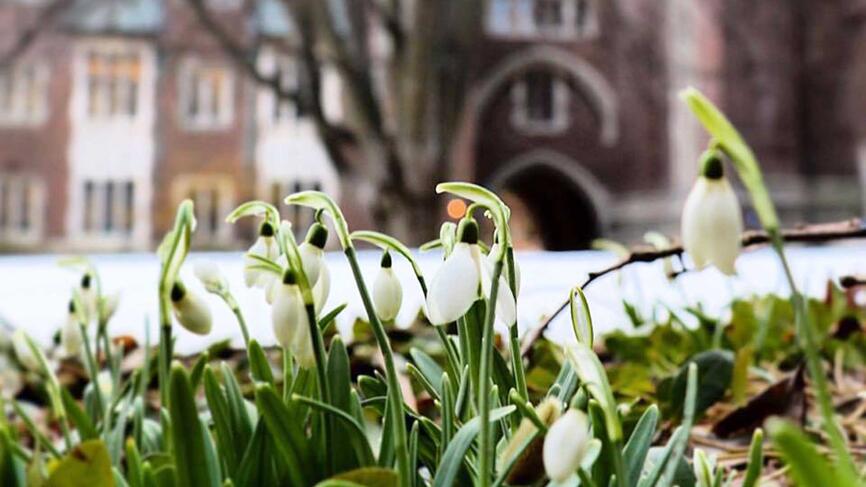
On my way to the College Club for a routine COVID test, a couple days before spring officially arrived, I saw something new: snowdrops dotting the soil next to the front walk. Snowdrops are a sign of warmer weather and the brilliant colors that will soon brighten the landscape. They are also a reminder that snow is still here or can still come. At the time, daylight savings had just started; so, the sun has now been out for longer. I hadn’t realized it had been so dark until it became so light. Two and three years ago, I watched spring unfold at Wellesley. One year ago, I welcomed spring from my home in Connecticut. Our Wellesley community was grappling with loss and confusion when we found out we had to leave campus in March 2020. This grief continues, but I find comfort in watching the resilience of nature. –Elizabeth Borecki ’21
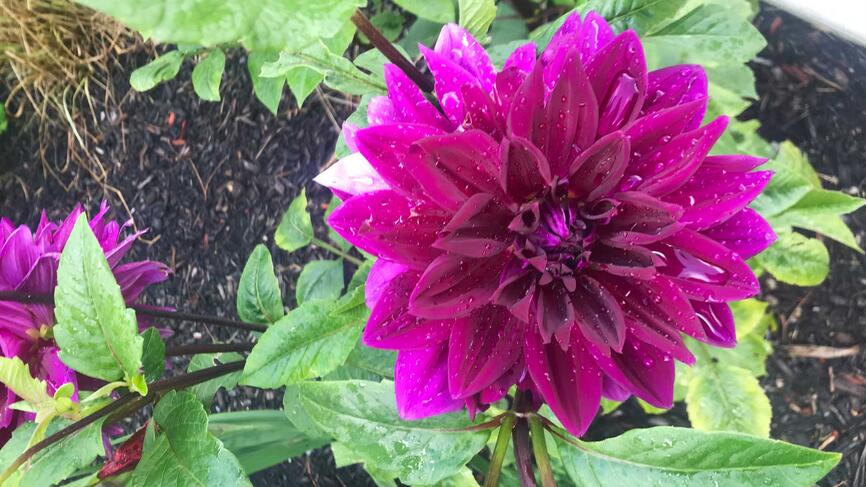
I grew dahlias during the pandemic summer months and managed to give away several bouquets. It was a gratifying process! –Inela Selimović, associate professor of Spanish
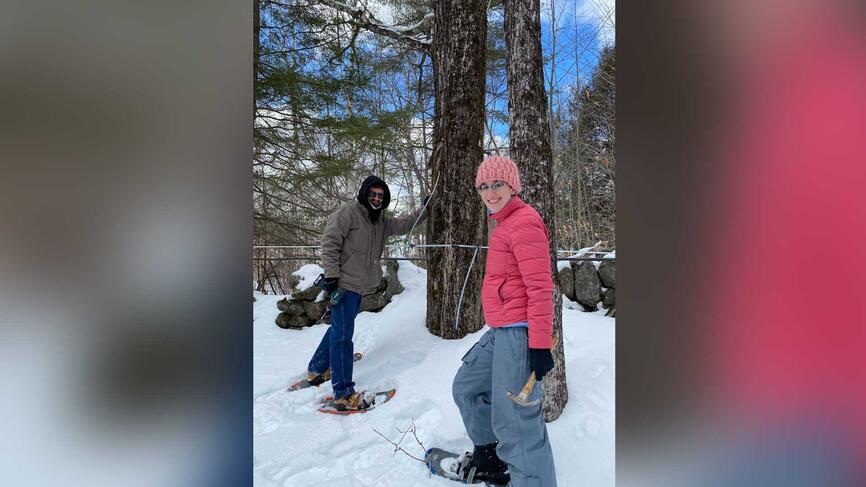
My aunt and uncle’s farm in New Hampshire has been a welcome, COVID-friendly escape in this increasingly virtual world. When I tell others that I’ll be going to the farm, it conjures images of a life off the grid: no electricity, no running water, and, happily, no Wi-Fi. Visits to the farm also typically involve a seasonal group project. While events in the “real” world were modified or canceled entirely, the farm’s seasonal calendar remained. As always, there were apples to press in September, cords of wood to stack in October, and sugar maples to tap in February. Measuring my year of remote work by those seasonal benchmarks has given me a new, broader outlook on life and the world that I live in. It reminds me that, in spite of the terrible disruption this pandemic has caused, the natural world is always here, and is always in motion. –Lauren Cote, program coordinator, Suzy Newhouse Center for the Humanities
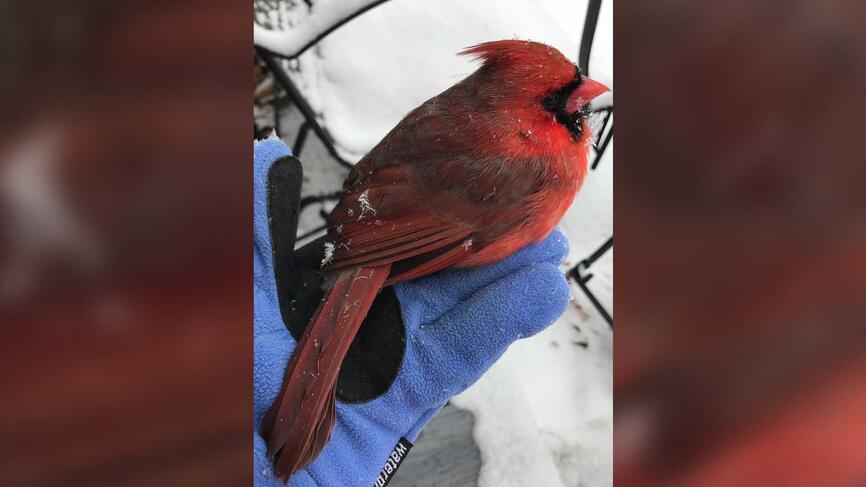
For me, as for many people, the winter felt isolating. One day in December, this male northern cardinal flew into the window of my remote work space. Fortunately, it was only stunned and recovered in my hand before flying off again. That experience was one of the ways the natural world offered important connections and perspective over the last year. –Teresa Garcia, executive assistant to the president
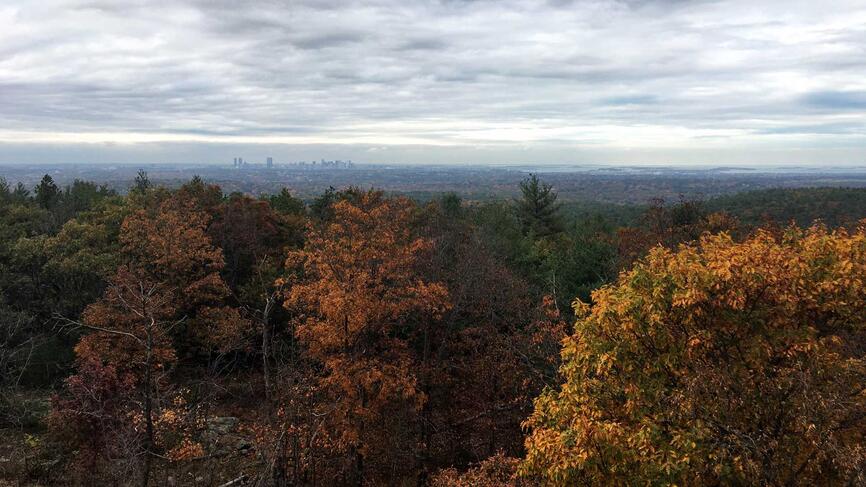
During the pandemic, spending time outdoors became a really nice way to take a break from looking at screens so much. Especially in the fall when I was fully remote, taking a long walk with a friend was a lot of fun and helped my mind and my eyes take a break. Walks were a chance to look closely at what was around me and to think about something other than work. –Kristine Meader ’21
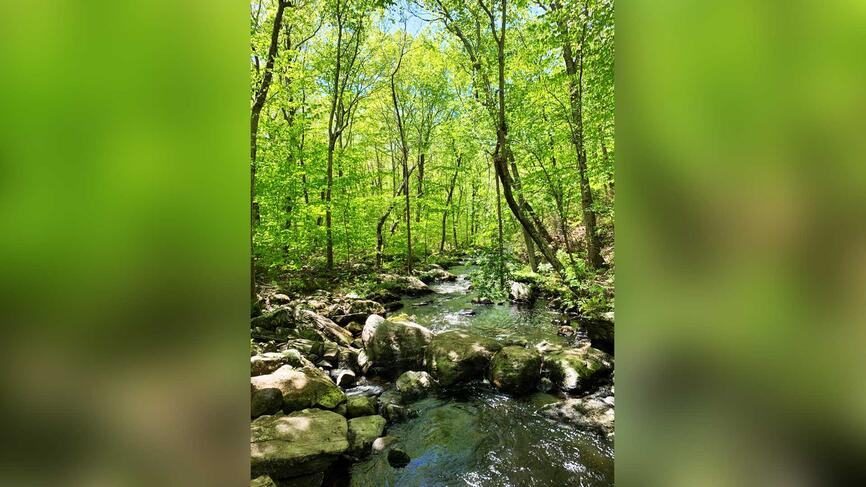
Around this time last year, spring felt nothing like its usual promise of good things to come. Instead, the days were filled simultaneously with turbulence and stagnancy. I quickly discovered that getting out of the house by going on long hikes and runs in the woods nearby was the best thing I could do to improve my mood and establish some sense of normalcy and peace. Being outside gave me the opportunity to appreciate all the life thriving around me, and the beauty of nature and its power to comfort and heal still never ceases to amaze me. –Julia Ellman ’21
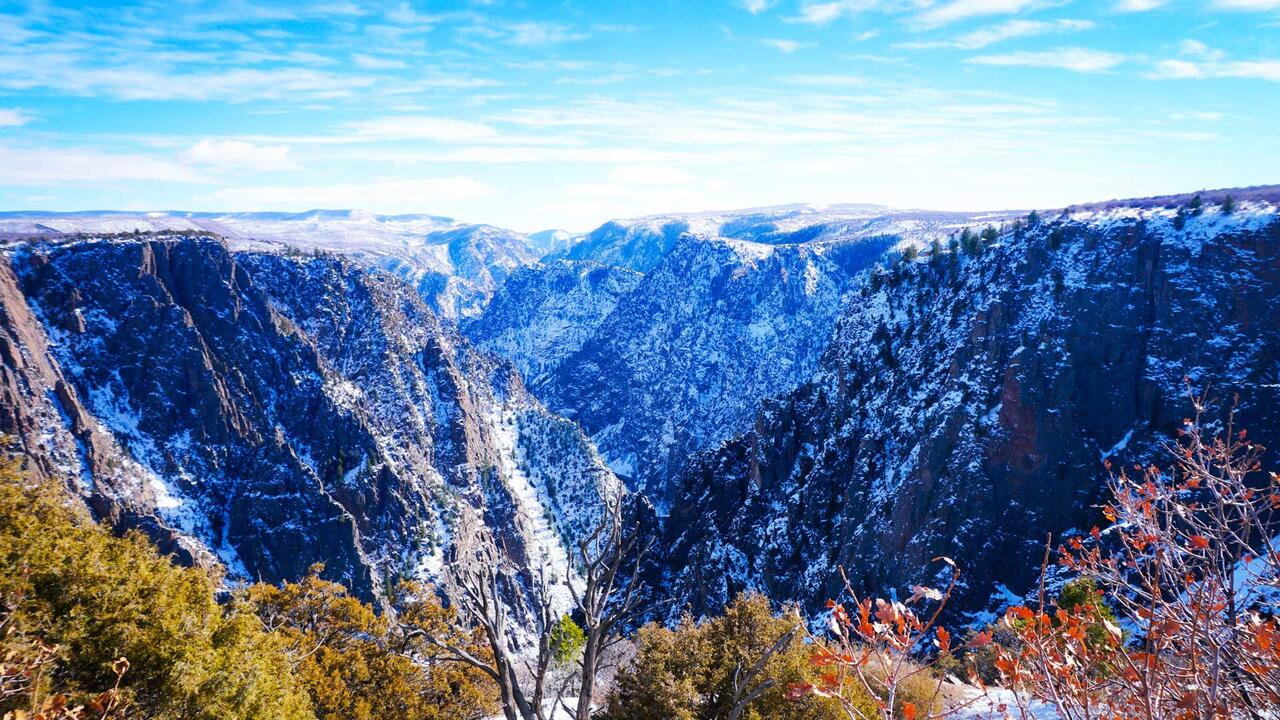
Mother Nature was sanctuary this past year. A lot of things were canceled, the world was falling apart, and it was a constant state of chaos. But nature always restores balance, and she gave me peace. I found myself on a quest to find where the sun doesn’t set, and where the horizon never ends, and yes, as a sort of escape, but sometimes that’s what you need in this world. Mother Nature gave that to me, and in those moments where it felt like everything was crumbling down, there she was to offer mindfulness and to build me up. She offers a place of acceptance, and if anyone would understand me, it would be the old-growth forests full of secrets, the oceans where the combined fragility and power take on new meaning, and the winds who know all too well the call of adventure. I owe her my everything, and I’m dedicating my life to help as much as I can. –Suzanna Schofield ’24
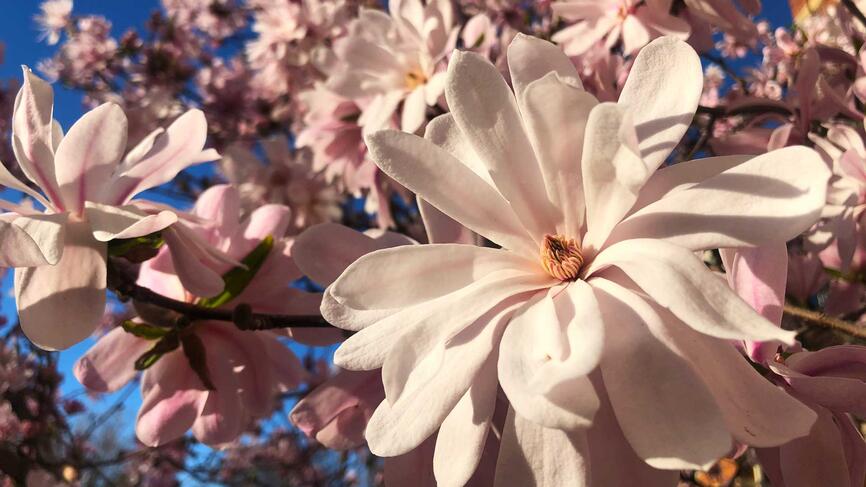
Living with the pandemic has taught me to really take things one day at a time. In doing so, I’ve been able to be more present in nature, appreciate the seasonal changes in new ways, and learn that something as simple as a beautiful tree blossoming can bring a lot of joy. –Hannah Hudson, Communications & Public Affairs

